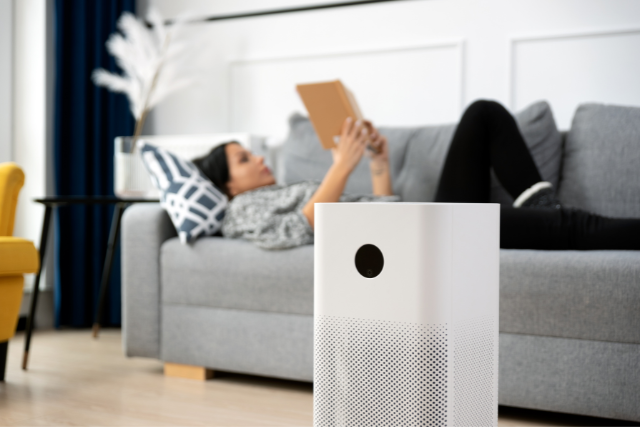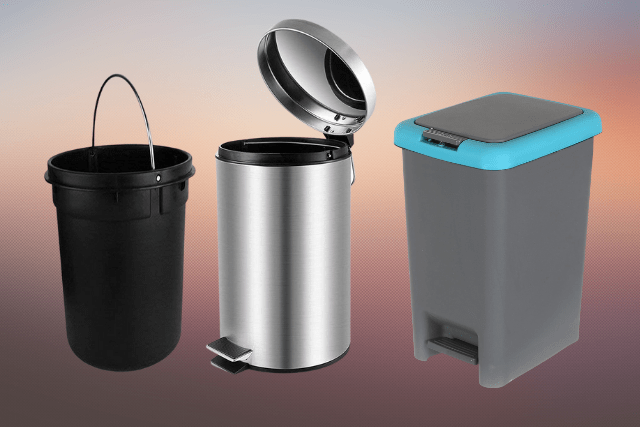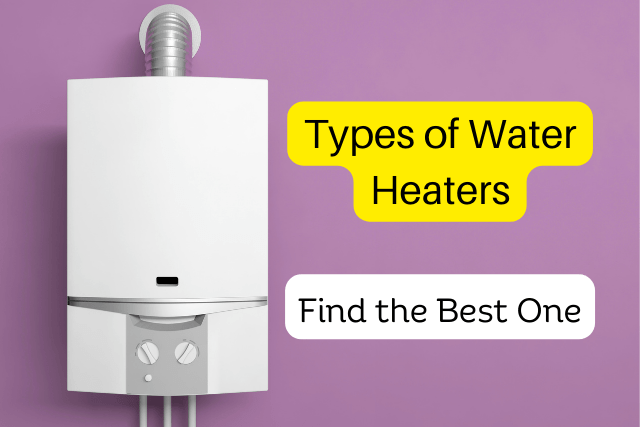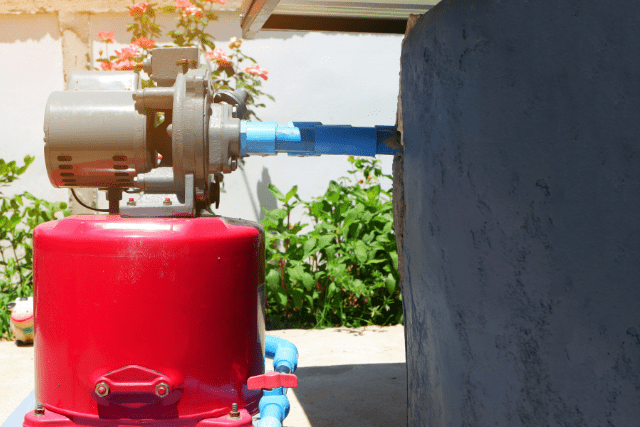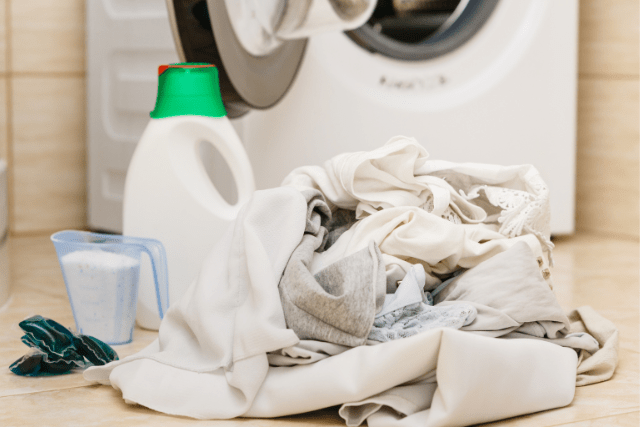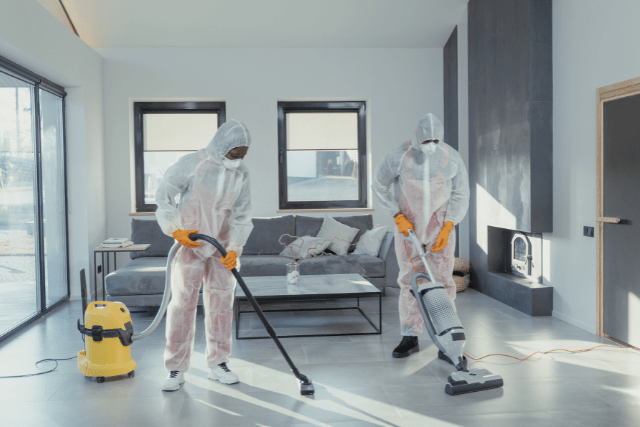You need to breathe clean air inside your home, just like the fresh air outside. An air purifier is an electronic device that helps to clean and purify the air in a room or space. It works by drawing in air from the surroundings, passing it through filters to remove impurities, and then releasing the purified air back into the room.
Air purifiers can help remove airborne particles and pollutants, including dust, pollen, pet dander, mould spores, smoke, and volatile organic compounds (VOCs). This can be especially beneficial for people with allergies, asthma, or other respiratory conditions.
Several air purifiers, including HEPA (high-efficiency particulate air) filters, activated carbon filters, UV (ultraviolet) light filters, and ionizers, are available.
Each type of filter has its strengths and weaknesses, so choosing the right one for your specific needs is essential.
For example, HEPA filters are very effective at removing small particles like dust and pollen, while activated carbon filters are better at removing odours and VOCs.
UV light filters can help to kill bacteria and viruses, while ionizers produce charged particles that can attract and neutralize airborne pollutants.
Key Takeaways
- Determine the types of pollutants you need to filter based on your air quality concerns.
- Choose an air purifier size appropriate for your room’s dimensions for effective cleaning.
- Consider noise levels to ensure the air purifier, like bedrooms or offices, suits your intended space.
- Evaluate operating costs to fit your budget, including filter replacements and electricity usage.
What Pollutants Can It Filter?
When buying an air purifier, knowing what bad things it can take out of the air inside your home is essential. Air purifiers can clean out dust, pollen, pet dander, smoke, mould spores, and VOCs (bad smells and chemicals). How well each purifier works depends on its filter type and what it’s trying to clean.
Most purifiers have HEPA filters. These are good at catching tiny particles, like allergens, some bacteria, and viruses, as small as 0.3 microns. But if you’re worried about gases, smells, or chemicals, you should look for a purifier with an activated carbon filter. These are great for soaking up VOCs, smoke, and odours.
Some purifiers also have UV-C light. This light can kill or stop some viruses and bacteria from spreading.
Make sure the purifier fits what you need. If allergies are a problem, go for a HEPA filter. If you don’t like smells or are worried about chemicals, ensure it has activated carbon. Picking the right air purifier can help make the air in your home cleaner and safer.
What Size Do I Need?
Choosing the right size air purifier for your room is very important to make sure it cleans the air well. You need to know how big the room is in square feet. Air purifiers are sorted by their Clean Air Delivery Rate (CADR). This tells you how much clean air they can make in a minute. A bigger CADR number means the purifier can clean a bigger room.
First, measure your room to find out its size in square feet. Then, find an air purifier with a CADR number that is the same or more than your room size. Remember, if your ceilings are taller than most, you might need a more potent air purifier.
How Noisy Is It?
When looking at air purifiers, it’s essential to consider their loudness. This matters because you don’t want a noisy machine bothering you all day. Air purifiers can be quiet or loud; we measure this in decibels (dB).
To give you an idea, a whisper is around 30 dB, and talking usually is about 60 dB. You would want your air purifier to be more on the quiet side, especially if it’s going to be in a room where you need peace, like a bedroom or office.
Try to find air purifiers that are 50 dB or less for places like your living room. Many of these machines have different settings so you can choose a quieter one. But remember that making it quieter might also mean it doesn’t clean the air. Some air purifiers have a special ‘silent’ or ‘night’ mode that makes them quiet when you’re sleeping.
Look for air purifiers that say they have a ‘noise reduction’ feature. They make these quieter by using better fan technology or materials that don’t let sound out. You can learn how loud an air purifier is by reading what others say online or looking at the product details.
What Are the Operating Costs?
When buying an air purifier, you should also consider the costs that come after buying it, like changing filters and how much electricity it uses. These costs can add up, so it’s good to know them before you buy.
Here are three essential things to keep in mind:
- Filter Replacement Costs: Air purifiers need their filters changed regularly to work well. The kind of filters they need, how many, and how long they last can affect how much you spend on upkeep. Some air purifiers have HEPA filters that last a long time, while others might need new filters more often. Check how much replacement filters cost and how long they last before you choose an air purifier.
- Electricity Usage: How much electricity an air purifier uses can change based on its size, how you use it, and how often it’s on. Look for air purifiers with an Energy Star rating because they use less electricity. To determine how much you’ll spend on electricity, multiply the purifier’s wattage by how many hours you’ll use it daily. This will give you an idea of the monthly electricity cost.
- Warranty and Repairs: A good warranty can help you save money if your air purifier needs to be fixed. Some companies offer longer warranties, which might cost more initially but can save you money if you need to fix or replace parts later.
Knowing these costs can help you pick an air purifier that fits your budget and doesn’t surprise you with extra expenses later.
Does It Have Smart Features?
In our world full of technology, checking if an air purifier has smart features can make using it much easier and better at cleaning the air inside. Innovative features add convenience and help the air purifier work its best without you needing to keep changing its settings. Here are some smart features to look for:
| Smart Feature | Benefit |
|---|---|
| Wi-Fi Connectivity | Changes settings are based on how clean or dirty the air is. |
| Air Quality Sensors | Changes in settings are based on how clean or dirty the air is. |
| Voice Control | Allows you to give voice commands using helpers like Alexa or Google Assistant. |
| Scheduling | Changes in settings are based on how clean or dirty the air is. |
When considering getting an air purifier with smart features, it’s essential to see if these features fit how you live and what you need.
For example, Wi-Fi connectivity and voice control are very handy, letting you change settings from anywhere or just by speaking. Air quality sensors and scheduling help the air purifier work better by adjusting to what’s needed and saving energy. Smart features can help make your air purifier more effective and easier to use.
Conclusion
Before buying an air purifier, consider what pollutants it can remove if it’s the right size for your room, how loud it is, the costs of keeping it running, and if it has any smart features. You want one that works well for your needs, doesn’t cost too much now or later, and is quiet. Smart features can make it better and easier to use, but check if they’re worth the extra money. Picking the right one means cleaner air.

